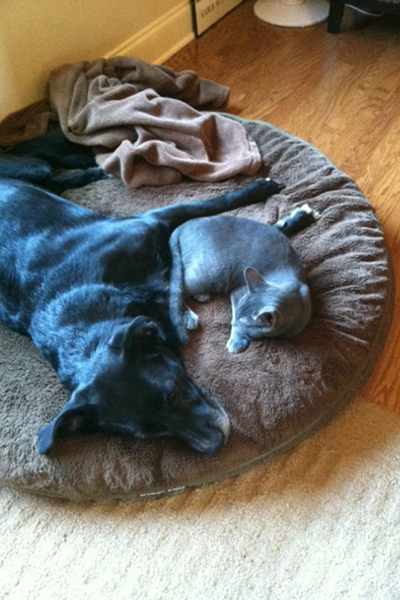Rescue Dogs Become The Rescuers!
Check out this great article from Garden & Gun!
Meet the Rescue Dogs—Who
Become the Rescuers
Six teams of canines and their human handlers are heading to Florida to help conduct searches after Irma blows over
photo: From left: George, Noah, Chief, and Lilly are among the dogs trained by the National Disaster Search Dog Foundation. Photo: courtesy of Search Dog Foundation

Update: After the devastation of Hurricane Irma, the dogs have arrived in the Florida Keys for duty. To keep up with their work, follow along on the National Disaster Search Dog Facebook page.
Java and Rocket have drive, energy, and athleticism—and they’re always up for a challenge. Good thing, because they’ve had a busy few weeks. First, they were in the Houston area, searching for survivors of Hurricane Harvey who might have been trapped in their homes. Now, they’re en route to a staging area in northern Florida to be ready to work once Irma has passed by.
The dogs, trained by the National Disaster Search Dog Foundation (SDF), are paired with handlers, who are firefighters and first responders with emergency task forces around the country. When tragedy strikes—in the form of a plane crash, earthquake, tornado, missing person case, or hurricane—FEMA will deploy some of these 68 SDF-trained teams to help search. Six such teams are currently heading to Florida.
The dogs will walk the equivalent of hundreds of city blocks, sniffing out anyone who is alive and trapped. “We think of it as a massive disaster,” says Denise Sanders, communications officer for SDF. “[The dogs] think it’s a big game.”
Canine teams operate throughout the country. What makes the SDF search-and-rescue dogs different, though, is that they largely come from shelters. In other words, the rescued become the rescuers.
SDF has a network of recruiters, combing shelters for hunting and herding breeds, such as golden retrievers, Labs, German shepherds, Malinois, and border collies—or mixes of these. Often the traits that make them great search dogs make them challenging as house pets. That was the case with Rocket, who had so much energy he was considered unadoptable and placed on a euthanasia list before he arrived at SDF’s training center.

photo: Courtesy of Search Dog Rescue
Allie makes her way through training at the foundation’s facility in California.
The canines spend, on average, nine months in training at SDF’s facility in Santa Paula, California, where a 10,000-square-foot rubble pile and a replica train wreck are among the props used to get the dogs ready to work. Sonja Heritage, 56, became the head trainer five years ago, after serving for 15 years on Virginia Task Force One out of Fairfax. She traveled to Haiti after the 2010 earthquake with her canine partner, Czaro. The Virginia task force had 16 saves in Haiti.
Heritage knows what Java and Rocket—and their handlers, who happen to be two California firefighters—are heading for. And she knows they’re well prepared. “Rocket, he’s a gorgeous dog, super smart, super fast, and has a heck of a sense of humor,” Heritage says. “Java is a big, strong girl. She doesn’t tread on the rubble lightly. She’s extremely athletic and focused.”
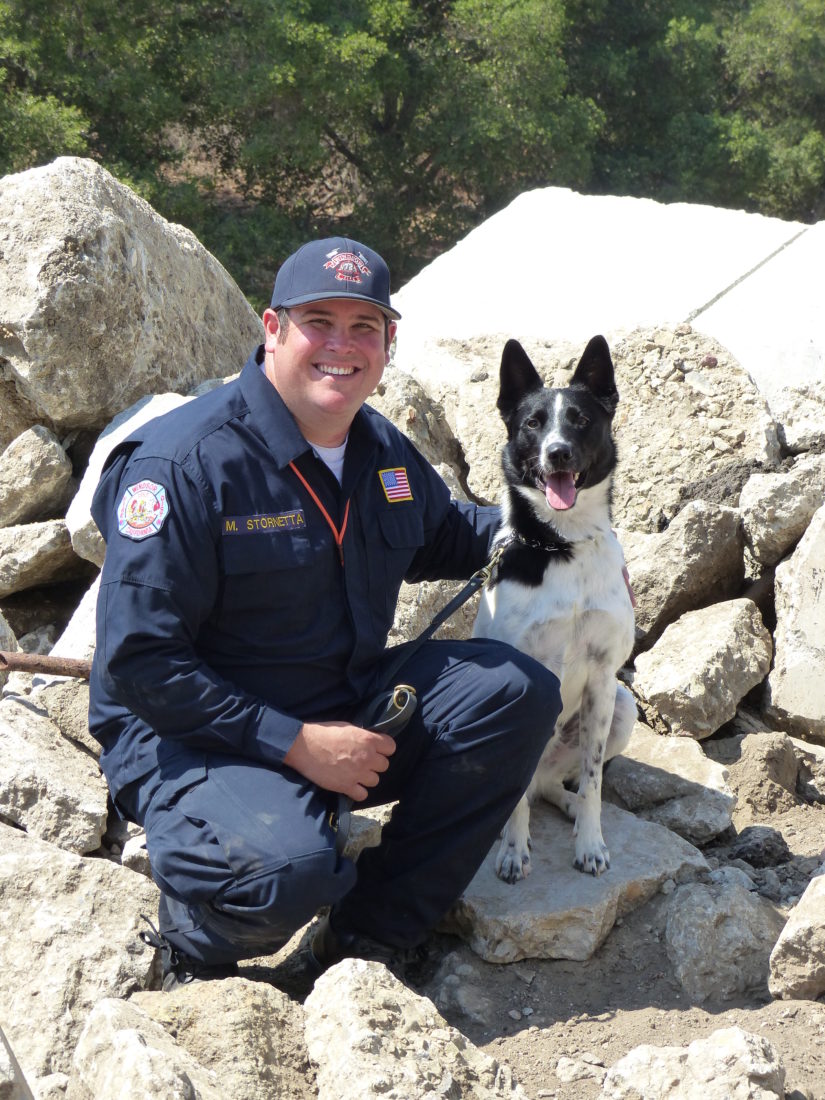
photo: Courtesy of Search Dog Rescue
Firefighter Mike Stornetta and Rocket were part of the SDF’s deployment in Texas in response to Hurricane Harvey.
Handlers have to go through at least two weeks of onsite training in Santa Paula before they’re matched with dogs. And the chemistry has to be right between the two of them. “The partnership between the handler and the dog, it runs very deep,” Heritage says. “When you start going to some life-and-death situations, you trust your dog with other people’s lives. You really get a profound respect for them and what they can do.”
For more about the nonprofit National Disaster Search Dog Foundation, including information about how to donate money or sponsor a search dog, go to searchdogfoundation.org.




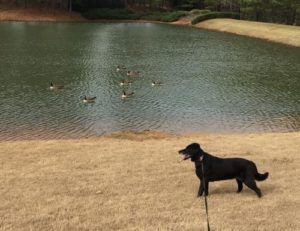

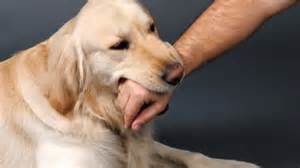



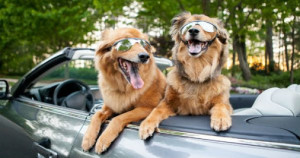

 This is a great article from I Heart Dogs! Recently ALR has adopted out several puppies and very young Labs. We thought this would be very helpful information! Teaching your puppy or young dog sooner versus later could potentially save its life one day!!!
This is a great article from I Heart Dogs! Recently ALR has adopted out several puppies and very young Labs. We thought this would be very helpful information! Teaching your puppy or young dog sooner versus later could potentially save its life one day!!!









